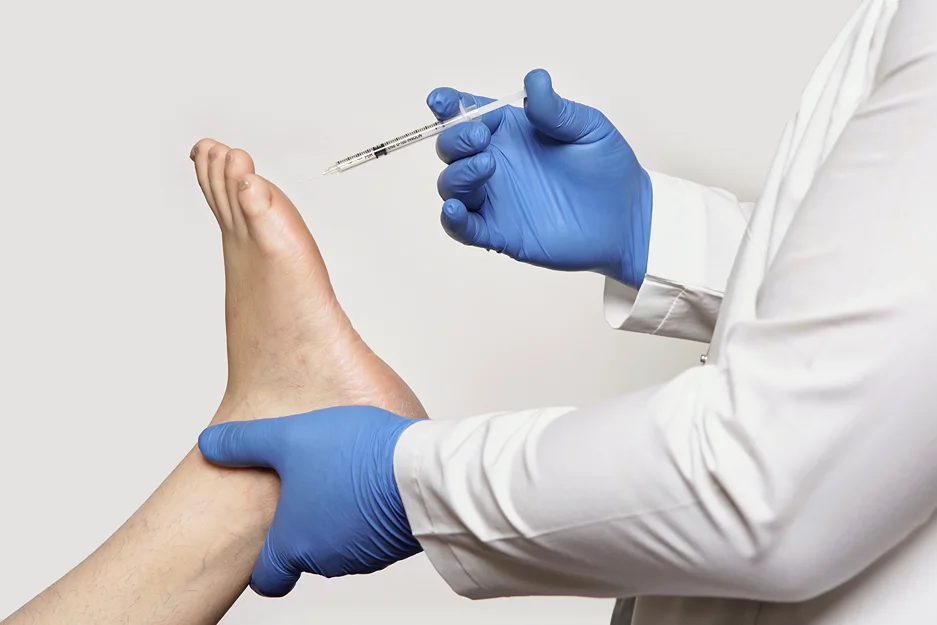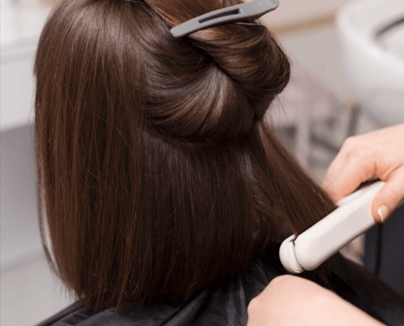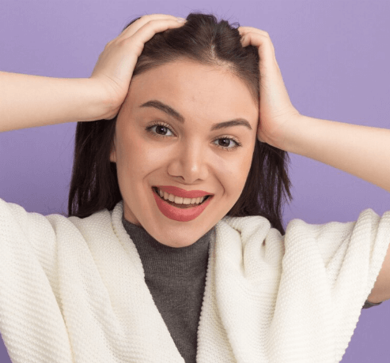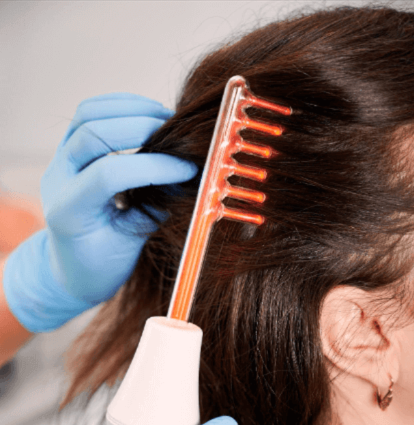Foot sweating—also known as plantar hyperhidrosis—is one of the most difficult forms of excessive sweating to treat. While Korean dermatology clinics offer some of the most advanced Botox-based treatments in Asia, they acknowledge that foot sweating requires a specialized and strategic approach.
Below is an in-depth look at why foot sweating is more complex, and how Korean clinics overcome these challenges to deliver safe, effective outcomes.
1. 🧬 Thicker Skin Structure on the Soles of the Feet
The skin on the soles is 5–10 times thicker than underarm or facial skin. This thickness:
- Reduces Botox diffusion, requiring higher doses for effective results
- Makes it harder for the toxin to reach the eccrine sweat glands, which are located deep in the dermis
- Leads to less predictable absorption, meaning results may vary more between patients
🧑⚕️ “Plantar Botox requires precise injection depth. At our clinic, we use ultrafine needles and microdosing techniques to enhance diffusion across the thicker skin layers.”
— Dr. Shin Ha-Young, Gangnam Dermaclinic
2. 🔥 Increased Pain Sensitivity and Nerve Density
The soles contain a dense network of sensory nerves, making Botox injections significantly more painful than in other areas like the underarms. This discomfort can deter patients from seeking treatment—even when their sweating is severe.
How Korean Clinics Manage the Pain:
- Topical anesthetic creams applied for 45–60 minutes pre-treatment
- Cooling cryo-devices or ice packs to dull sensation
- Nerve block injections (local anesthesia) for pain-free procedures in highly sensitive cases
- Some clinics even offer mild sedation for extremely nervous or pain-averse patients
🧑⚕️ “We offer plantar nerve blocks as a routine part of our Botox protocol for foot sweating. Most patients feel no pain at all once numbness sets in.”
— Dr. Park Ji-Eun, Seoul Foot Hyperhidrosis Center
3. ⚠️ Higher Risk of Side Effects (But Still Rare)
Because the foot is responsible for bearing body weight and maintaining balance, any side effects such as muscle weakness or altered sensation can affect walking.
Korean dermatologists are trained to avoid:
- Injecting near motor nerves or critical arch areas
- Over-treating, which could reduce grip or pressure control in the foot
- Using too high a dose in one session
Korean protocols emphasize spaced-out microinjections across sweat-prone areas to minimize side effects while maximizing sweat control.
4. 🔁 Shorter Duration of Results Compared to Other Areas
Botox for foot sweating tends to last slightly shorter than underarm or hand treatments, with results usually lasting 3.5 to 5 months.
Reasons:
- Constant friction from walking and shoes may speed up the breakdown of the botulinum toxin
- Increased vascularity and metabolism in the feet may cause faster absorption and clearance
- Patients often sweat more intensely on the feet, which reduces treatment longevity
Korean clinics often recommend combination therapy, including:
- Iontophoresis for maintenance between Botox sessions
- Medical-grade foot antiperspirants
- Humidity-resistant footwear recommendations
- Long-term custom re-treatment schedules
5. 🧑⚕️ Specialized Experience in Korea
Because plantar hyperhidrosis is less commonly treated than axillary (underarm) sweating, only select clinics in Korea have extensive experience. Leading centers in Seoul, Busan, and Daegu have:
- Dedicated hyperhidrosis units
- Dermatologists trained specifically in plantar neuromodulation
- Access to premium Korean botulinum toxin brands (e.g., Botulax, Nabota) optimized for deeper penetration and even diffusion
✨ “We’ve seen patients from Japan, the U.S., and UAE who couldn’t find results elsewhere. With proper technique and planning, Botox for foot sweating is highly effective.”
— Dr. Yoon Seok-Min, International Aesthetic Dermatology, Seoul
✅ Summary: What Makes Korean Foot Sweating Treatment Unique
| Challenge | Korean Clinic Solution |
|---|---|
| Thick skin on soles | Microinjection techniques, premium Botox brands |
| Pain during injection | Nerve blocks, cryo anesthesia, sedation if needed |
| High dosage required | Careful dosing plans customized by area size |
| Shorter effect duration | Combination with iontophoresis and home care advice |
| Potential side effects | Skilled mapping to avoid muscle-nerve interference |




